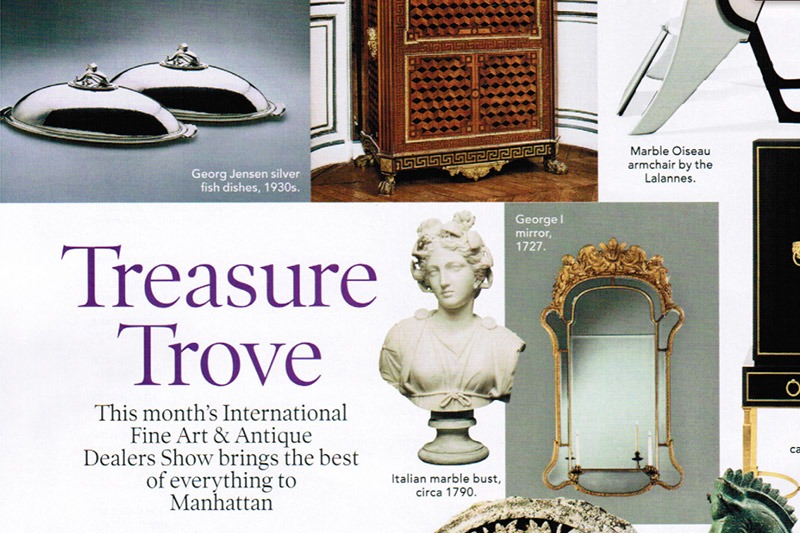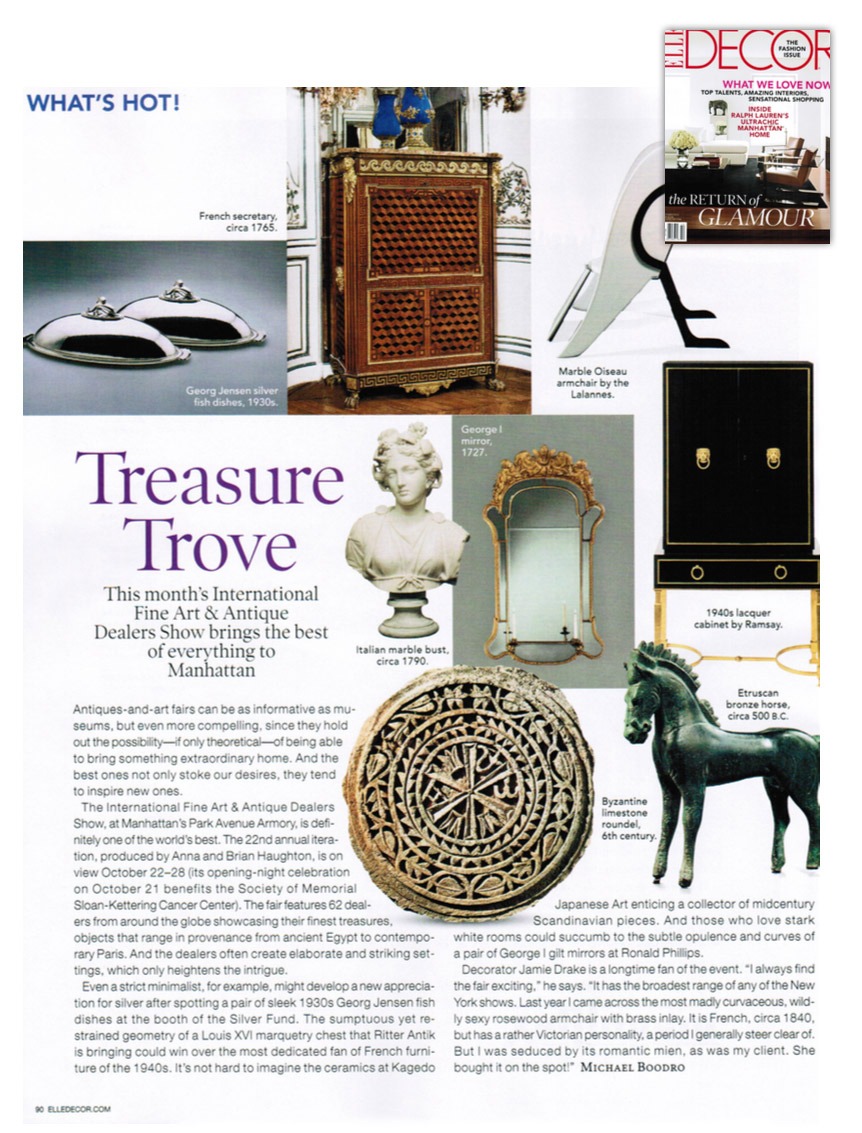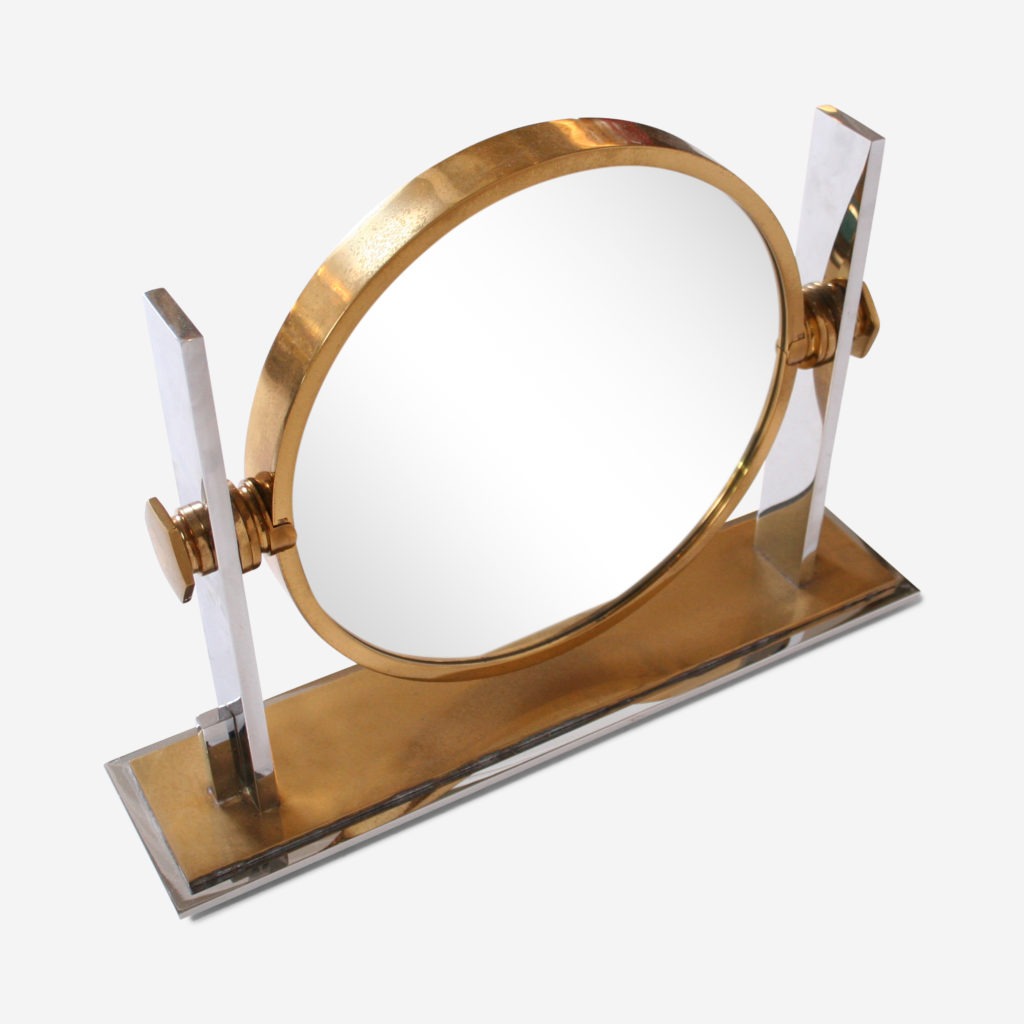Apparently all of Palm Beach has contracted a case of the merries because the money is flying around, the stores can’t keep the good bubbly on the shelf, and when people talk about “past due” they’re referring to a day at the Breakers Spa.
And the gatherings for which everybody was “too busy” during the bad old economic days? Well, they’re nonstop.
Even the bankers are happy again. Two of them, Victoria Ricker and Robert Riva of Morgan Stanley, recently hosted a luncheon in honor Jane Grace and her decades of support of and hands-on voluntarism at the Peggy Adams Animal Rescue League. The luncheon took place at The Silver Fund, the art/antiques/jewelry/silver store on Worth Avenue, and was co-hosted by store owner Michael James. There was champagne, caviar served on some of the exquisite Georg Jensen sterling pieces – what, you were expecting Corelle? — from the store’s cache, a seated luncheon at tables set with yet more fabulous silver, and the presentation to Jane of a gold charm with the Peggy Adams logo.
Best of all, there was a big fat donation to the League from Morgan Stanley in Jane’s honor.
See? Happy bankers.
There: board president Joanie Van der Grift, board members Pauline Pitt and Vicky Hunt; and Paula Butler, Candy Hamm, Jean Tailer, Kate Pressley, Arlette Gordon, Dale Coudert, Mashi Azmudeh and Susan Lloyd.
Then there was the cocktail reception honoring designers Suzanne Kasler, Gil Walsh, Lars Bolander, Jenny Garrigues, and William and Phyllis Taylor, who were selected to create the “designer vignettes” for the Palm Beach Jewelry, Art & Antique Show. Scott Diament and Campion Platt hosted the kickoff for the show, which opens Feb. 13.
There to raise a glass or two to the honorees were Pamela O’Connor, Nina Wasserman, Michel Cox Witmer, Tatiana Platt and Chelsea Menzies, who are young enough and beautiful enough to know that when somebody talks about a “lovely old thing,” they’re referring to the furniture.

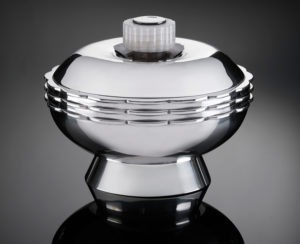 M
M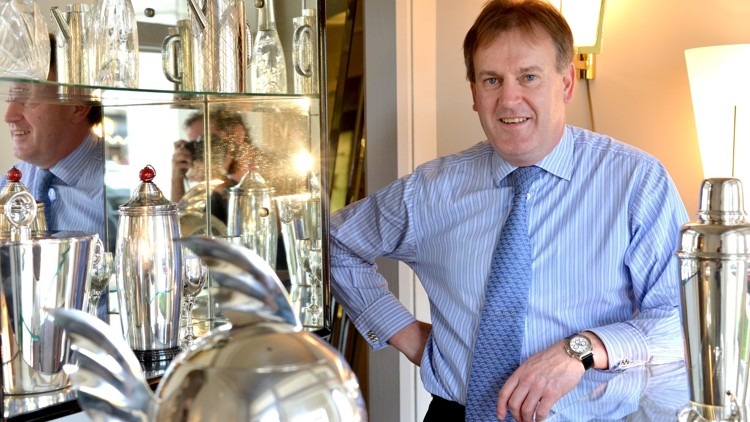
 As real-estate professionals are prone to say, “It’s all about location.”
As real-estate professionals are prone to say, “It’s all about location.”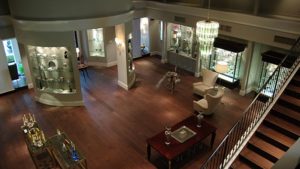 FAMILIAR to fairgoers in London and throughout the US The Silver Fund have opened a 2500 sq. ft. flagship store at 330 Worth Avenue in Palm Beach, a location to die for alongside the biggest names in luxury goods and fashion.
FAMILIAR to fairgoers in London and throughout the US The Silver Fund have opened a 2500 sq. ft. flagship store at 330 Worth Avenue in Palm Beach, a location to die for alongside the biggest names in luxury goods and fashion.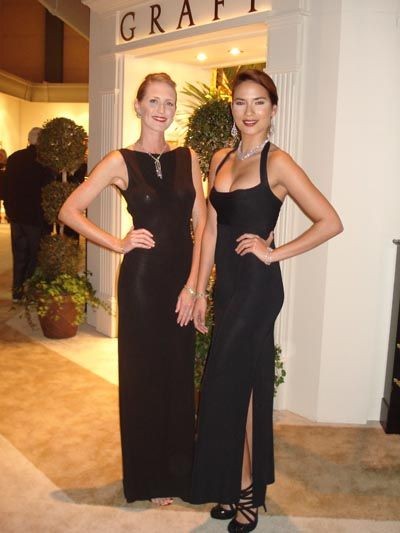 The elegant and exclusive Preview Party of the 15th edition of the American International Fine Arts Fairin Palm Beach drew Newport Seen once again. and we returned again and again during the Fair for a closer look at the dazzling paintings, jewelry, furniture, photography, china, vintage furniture, suits of armor — and to hear the fascinating expert lectures, one on “Michelangelo, Rembrandt, Renoir and the advantage of old age“, given by Robert Ward, Chief Curator of the Norton Museum of Art. and repeated later in the week, by demand.
The elegant and exclusive Preview Party of the 15th edition of the American International Fine Arts Fairin Palm Beach drew Newport Seen once again. and we returned again and again during the Fair for a closer look at the dazzling paintings, jewelry, furniture, photography, china, vintage furniture, suits of armor — and to hear the fascinating expert lectures, one on “Michelangelo, Rembrandt, Renoir and the advantage of old age“, given by Robert Ward, Chief Curator of the Norton Museum of Art. and repeated later in the week, by demand.